When you think of Italy, the first things that come to mind might be pizza, pasta, fashion, and art. But there’s another element that defines this Mediterranean marvel just as much: its language. Or rather, languages. Because the languages of Italy are far more complex and diverse than most people realize.
Italy is home to a stunning variety of languages, ranging from the globally dominant standard Italian to ancient regional dialects and officially recognized minority languages. There’s even a growing influence from immigrant communities, making the linguistic map of Italy as rich and layered as a slice of lasagna.
So, which languages are spoken in Italy? Let’s dive into the colorful and fascinating world of Italian languages, official, regional, and everything in between.
The Official Language of Italy
Let’s start with the basics. The official language of Italy is Italian (italiano). Spoken by over 60 million people in the country and millions more abroad, Italian is the primary language of education, government, media, and national identity.
However, here’s something interesting: the version of Italian spoken today is based on the Tuscan dialect, particularly the Florentine variety, which was made famous by Dante Alighieri in the 14th century. Before Italy was unified in 1861, the peninsula was divided into numerous kingdoms and city-states, each with its own dialect, culture, and even laws.
As a result, Italian wasn’t spoken uniformly across the country until fairly recently. The national push for a single official language of Italy aimed to unify a fragmented population. Today, while Italian is almost universally spoken, many Italians still use local languages or dialects at home or in their communities.
The Co-Official Languages of Italy
Yes, Italian is the primary national language—but it’s not the only one. In certain regions, other languages share equal legal status, making them part of the official languages of Italy.
These co-official languages are protected by both Italian and regional law. Here’s where they are spoken and what makes them significant:
1. German – South Tyrol (Trentino-Alto Adige)
In this northern province bordering Austria, about 70% of the population speaks German as their first language. Signs, official documents, and even court proceedings are available in both German and Italian. Schools are separated by language, and many locals are bilingual from birth.
2. French – Aosta Valley
Nestled between France and Switzerland, the Aosta Valley is officially bilingual. French is taught from early schooling and used in public administration. You’ll hear both French and Italian spoken in markets, shops, and government offices.
3. Slovene – Friuli Venezia Giulia
Along the Slovenian border, Slovene enjoys co-official status in several municipalities. Street signs are bilingual, and Slovene is taught in schools and used in local governance.
These co-official languages are crucial for preserving the cultural identity of minority groups and reflect Italy’s commitment to linguistic diversity within its borders.
Minority and Regional Languages in Italy
Beyond the official languages of Italy, the country protects 12 minority languages under Law 482/1999. These are not just regional quirks, they’re linguistically distinct and historically rooted in communities that have existed for centuries.
Here’s a breakdown of some of these protected languages:
- Sardinian – Perhaps the most distinct Romance language in Italy, Sardinian (sardu) is spoken by over 1 million people on the island of Sardinia. It has its own grammar and vocabulary that differ significantly from standard Italian.
- Friulian – Spoken in northeastern Italy, this language is related to Ladin and Romansh (found in Switzerland). It’s estimated that around 600,000 people speak Friulian today.
- Ladin – Found in the Dolomite Mountains, especially in South Tyrol and Veneto, Ladin is spoken by about 30,000 people. It’s officially protected and used in schools and media.
- Occitan – Spoken in parts of Piedmont, Occitan ties Italy linguistically to southern France. Its use has declined, but it remains symbolically important.
- Catalan – In the city of Alghero, on the island of Sardinia, a form of medieval Catalan has been preserved since the 14th century. Locals take great pride in their linguistic heritage.
- Albanian (Arbëreshë) – Descendants of 15th-century Albanian refugees settled in southern Italy, preserving their language and traditions in isolated mountain villages.
- Greek (Griko) – Spoken in Calabria and Puglia, Griko is a remnant of the ancient Greek colonies in southern Italy, dating back to the Magna Graecia era.
- Croatian, Germanic dialects, and Franco-Provençal also appear in scattered communities.
Each of these languages benefits from varying levels of support, including bilingual signage, local broadcasting, and inclusion in school curricula.
Dialects vs Languages: What’s the Difference?
You’ve probably heard people refer to “Italian dialects,” but this can be misleading. In many cases, these are not merely dialects of Italian, but separate languages altogether, mutually unintelligible and with distinct origins.
Here are some prominent examples:
- Neapolitan – Spoken in Naples and surrounding regions, this language has its own rich literary history and cultural relevance. It even has UNESCO recognition as a cultural treasure.
- Sicilian – Sicilian is so different from standard Italian that it was once considered its own language by medieval scholars. It incorporates Arabic, Greek, Spanish, and French influences.
- Venetian, Emilian-Romagnol, Milanese, and Romanesco are all widely used, especially among older generations.
These varieties, though vibrant and culturally significant, are not officially protected by Italian law, making them vulnerable to decline, especially as younger Italians grow up speaking only standard Italian.
Immigration and New Voices: The Modern Languages Spoken in Italy
So far, we’ve talked about historical and regional languages, but the languages spoken in Italy today also include those brought by modern migration.
Italy has become home to over 5 million immigrants, most of whom have brought their native languages with them. These include:
- Romanian – Now the most spoken immigrant language in Italy.
- Arabic – Spoken by communities from North Africa and the Middle East.
- Albanian
- Ukrainian
- Mandarin Chinese
- Tagalog – Used by the growing Filipino community.
- Hindi and Urdu
Although these languages aren’t officially recognized, they contribute to the everyday multilingualism of Italy’s urban areas. Walk through Rome, Milan, or Bologna, and you’re just as likely to hear Arabic or Romanian as you are Italian.
Education and Multilingualism in Italy
Standard Italian is the primary language of instruction in schools, but co-official languages like German and French are used in bilingual regions. Additionally, English is taught from primary school onward, and in many schools, students can also choose to learn Spanish, French, or German as an elective.
In Sardinia, Friuli, and parts of South Tyrol, there’s a growing push to introduce regional languages into the curriculum to preserve them for future generations.
Which Languages Are Spoken in Italy Today?
To answer the big question, which languages are spoken in Italy, you need to look at all the layers:
- The official language of Italy is Italian.
- The official languages of Italy include Italian, German (South Tyrol), Slovene (Friuli), and French (Aosta Valley).
- 12 protected minority languages, such as Sardinian, Ladin, and Arbëreshë, enrich the cultural landscape.
- Dozens of local dialects and languages, such as Neapolitan and Sicilian, are used informally.
- Immigrant languages like Romanian, Arabic, and Tagalog are reshaping urban linguistic life.
Italy’s language identity isn’t just one voice, it’s a multilingual chorus. And that’s what makes the languages of Italy such a fascinating topic for linguists, travelers, and anyone passionate about culture.
A Country of Many Tongues
Italy may be united under a single flag, but linguistically, it remains a remarkably diverse nation. From medieval tongues to modern immigrant voices, the languages of Italy tell a story of migration, resilience, and identity.
Whether you’re learning Italian for a holiday, digging into your heritage, or just curious about world languages, Italy offers a rich linguistic journey that few countries can rival.
So, the next time you hear someone ask, “Which languages are spoken in Italy?” you’ll know, it’s not just Italian. It’s a complete atlas of living languages!
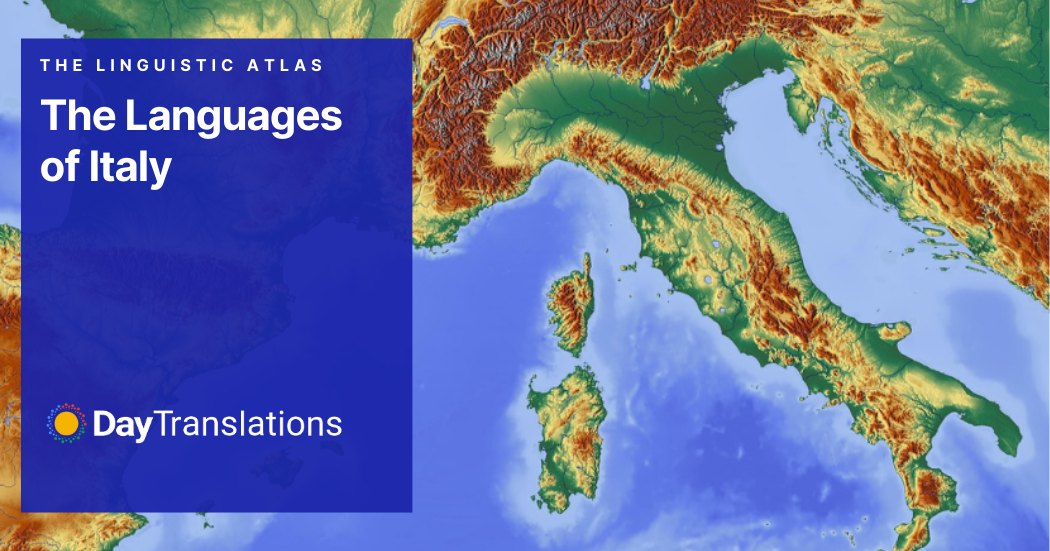
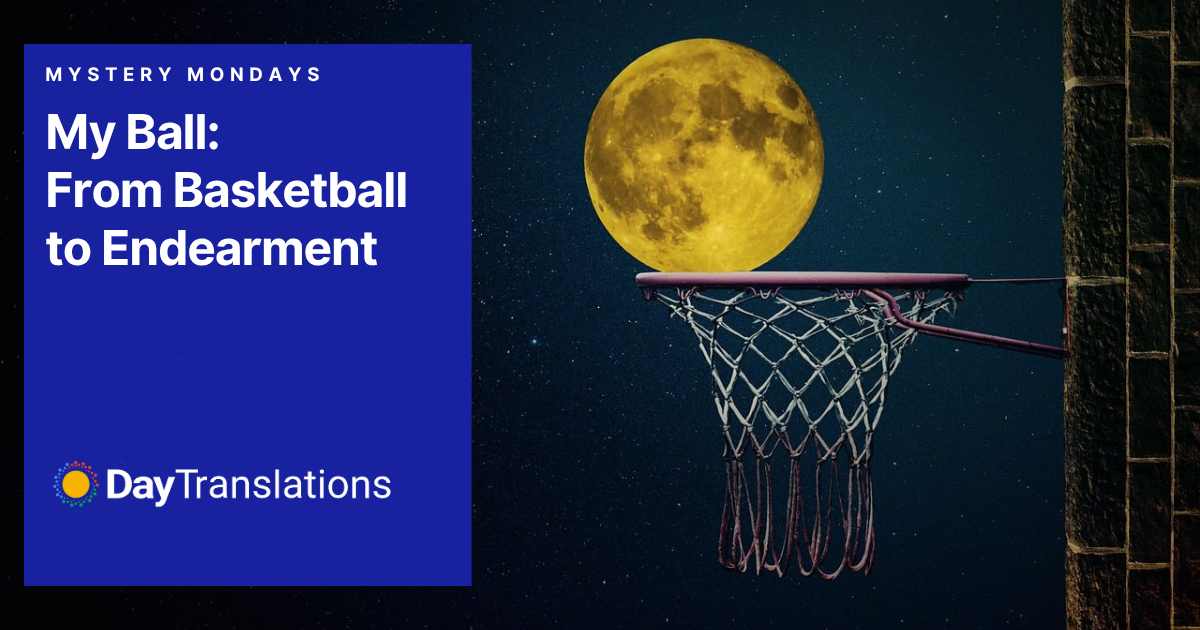
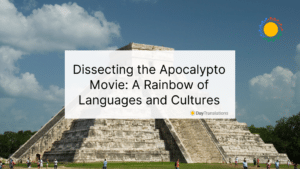

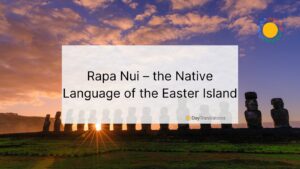
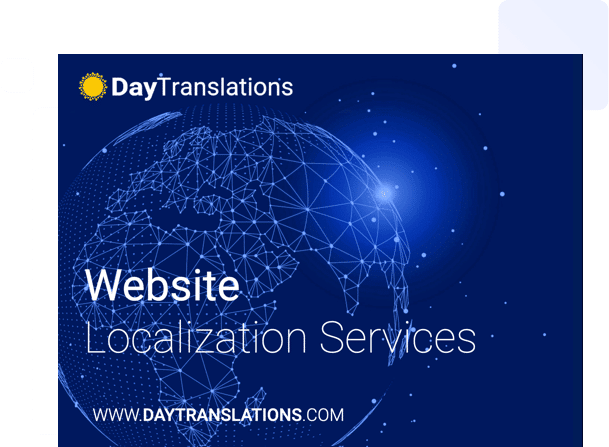






Sorry, the comment form is closed at this time.